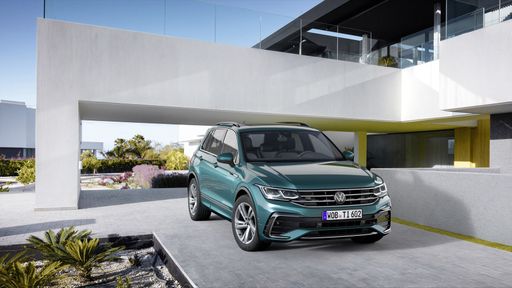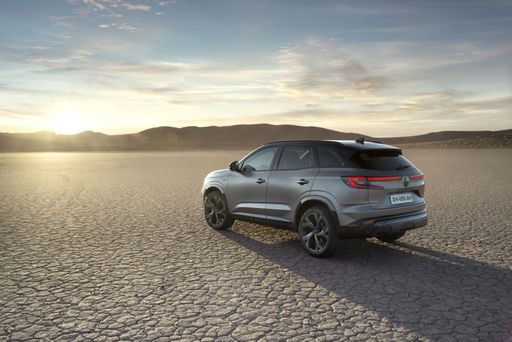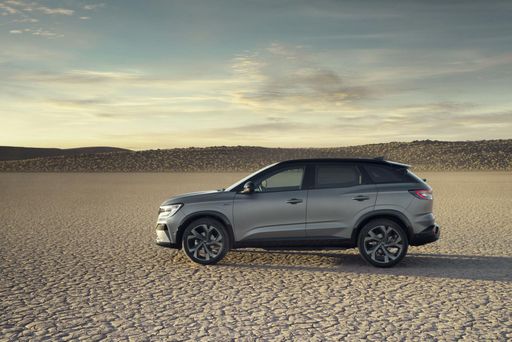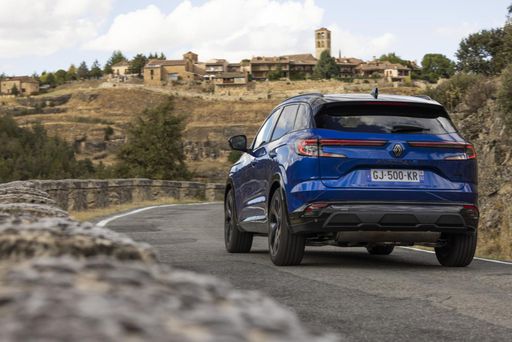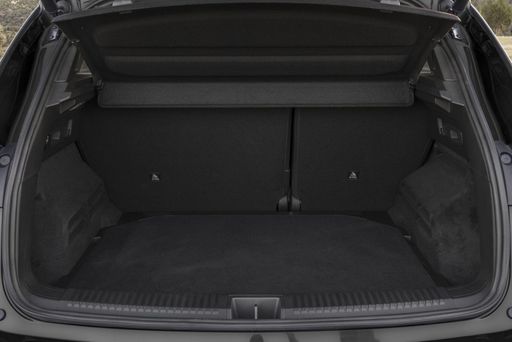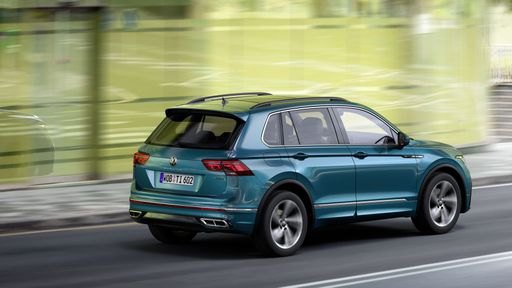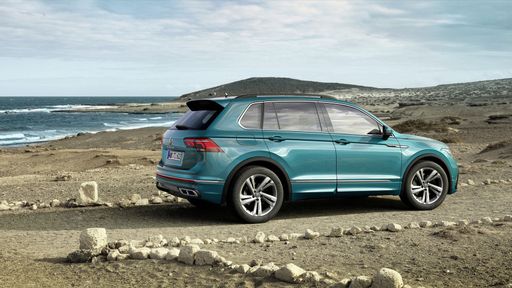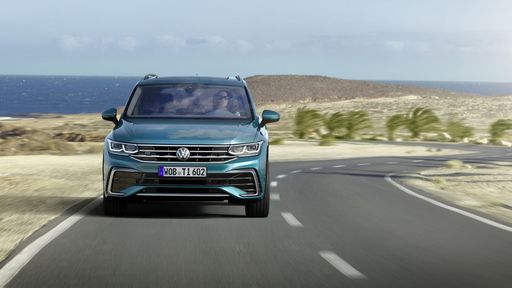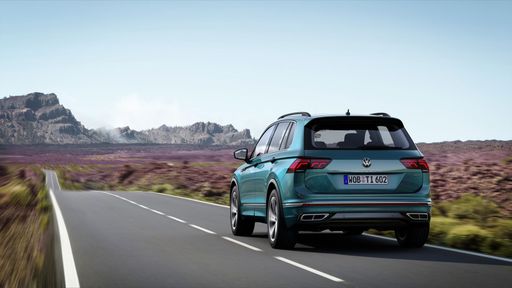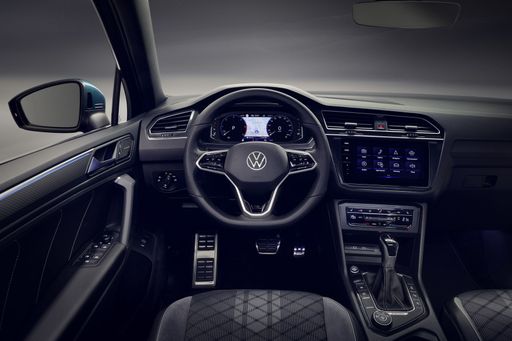Introduction
In the competitive compact SUV market, the Renault Austral and Volkswagen Tiguan stand out as two reputable choices for consumers looking for style, performance, and advanced technology. This article will compare these two models, highlighting their technical aspects, innovations, and performance metrics to help potential buyers make an informed decision.
Design and Dimensions
The Renault Austral measures 4510 mm in length, 1825 mm in width, and stands at a height of 1618 mm, giving it a robust and sporty stance. On the other hand, the VW Tiguan is slightly longer at 4539 mm, wider at 1842 mm, and taller at 1658 mm. Both SUVs feature five doors and generous trunk capacities, with the Austral offering 500 liters and the Tiguan leading slightly with 652 liters of cargo space.
Powertrain Options
The Renault Austral offers two main engine configurations: a petrol mild-hybrid engine rated at 158 HP and a full hybrid option producing 200 HP. Both engines deliver an impressive torque of 270 Nm, with fuel consumption rated at 6.1 L/100 km and 4.7 L/100 km for the petrol and hybrid models, respectively.
In contrast, the Volkswagen Tiguan features a broader range of powertrains, including petrol, diesel, and hybrid variants. The power output spans from 130 HP to 272 HP, catering to a diverse group of drivers. The Tiguan's diesel engines deliver excellent fuel efficiency, with some variants achieving as low as 5.3 L/100 km. The integrated battery capacity in the plug-in hybrids allows for an electric range of up to 113 km, further enhancing its versatility.
Transmission and Performance
The Renault Austral is equipped with an automatic transmission, either a CVT or traditional automatic gearbox, providing smooth shifts and responsive acceleration. The model can accelerate from 0-100 km/h in 9.7 seconds for the mild-hybrid and an impressive 8.4 seconds for the full hybrid version, with a top speed of 174 km/h.
The Tiguan’s advanced dual-clutch automatic transmission allows for quick gear changes, resulting in exhilarating performance. The acceleration times range from 5.9 to 10.6 seconds depending on the engine option, with top speeds ranging from 198 km/h to 242 km/h. This showcases the Tiguan's athletic capabilities across its engine lineup.
Ride Quality and Handling
The Renault Austral's front-wheel-drive configuration emphasizes comfort and stability on the road, while its lightweight curb weight of 1539 kg contributes to agile handling. The driving experience is further enhanced by Renault's commitment to user-friendly technology and driver assistance features.
On the other hand, the VW Tiguan offers a front-wheel or all-wheel-drive option, adding to its appeal for various driving conditions. It weighs between 1598 kg to 1890 kg, depending on the variant, and showcases a well-tuned suspension system for a balanced ride quality. The Tiguan's handling is precise, making it a joy to drive in both urban and highway environments.
Innovative Features and Technology
The Renault Austral is designed with user-centric technology, offering an intuitive infotainment system that integrates seamlessly with smartphones. Safety features such as adaptive cruise control, lane-keeping assist, and automatic emergency braking are standard across the range.
Similarly, the Volkswagen Tiguan is renowned for its cutting-edge technology and safety features. The cabin is equipped with a digital cockpit and an advanced infotainment system that supports connectivity and navigation. Its comprehensive safety suite includes advanced driving assistance systems that help ensure the well-being of all occupants.
Conclusion
Both the Renault Austral and VW Tiguan excel in different areas, appealing to a wide audience of compact SUV enthusiasts. The Austral stands out with its strong hybrid efficiency and engaging driving experience, while the Tiguan leads in performance versatility and advanced technological offerings. Ultimately, choosing between these two exceptional vehicles comes down to personal preference and specific needs in the dynamic SUV segment.

